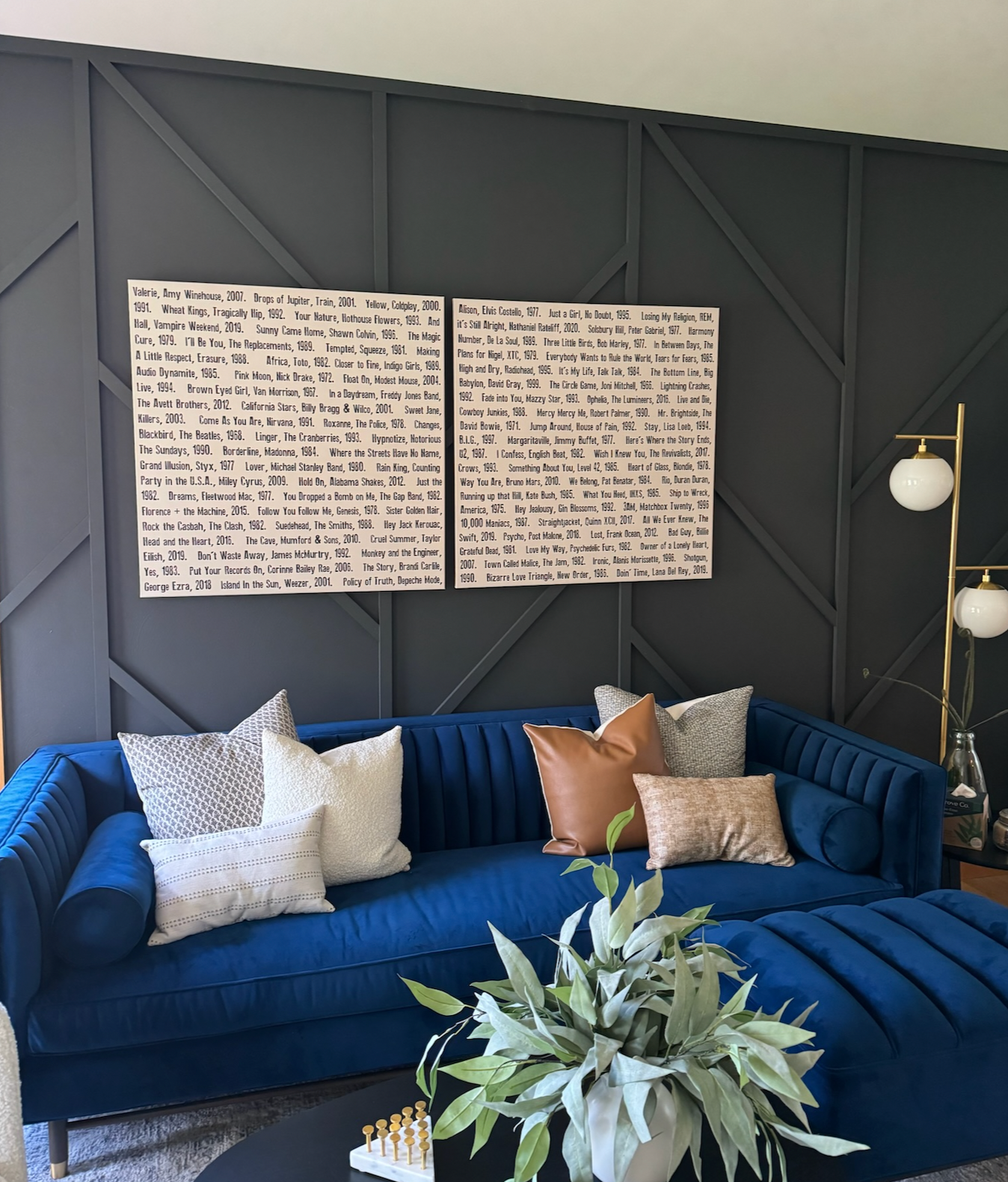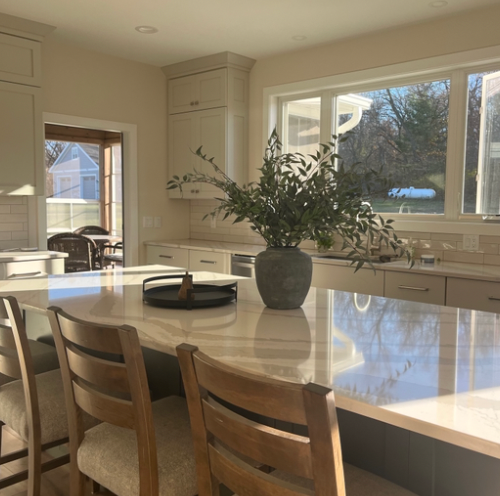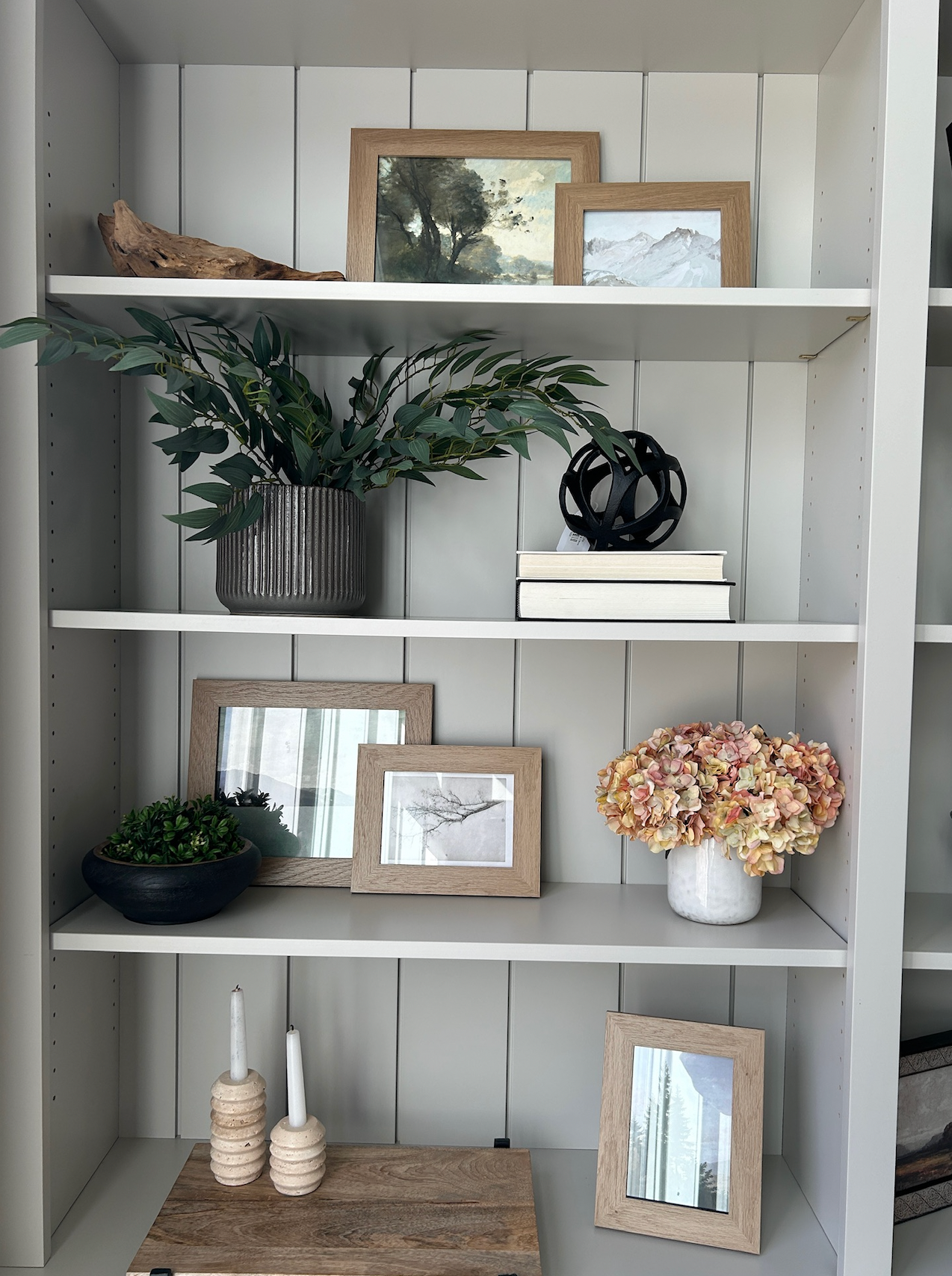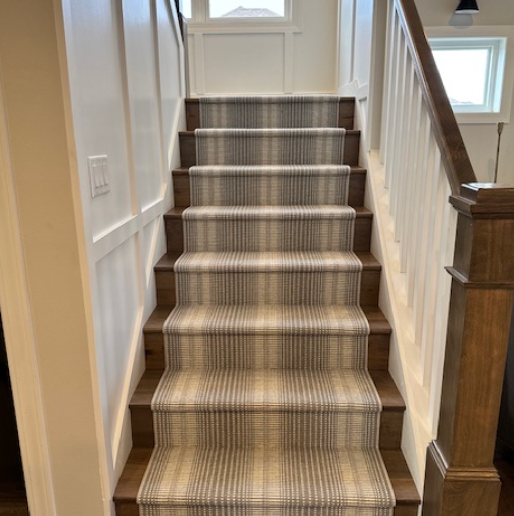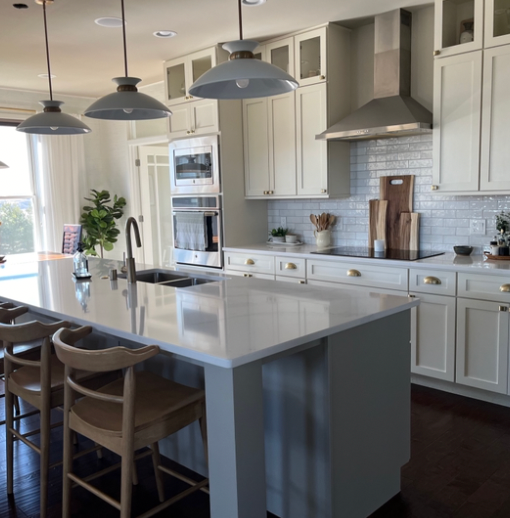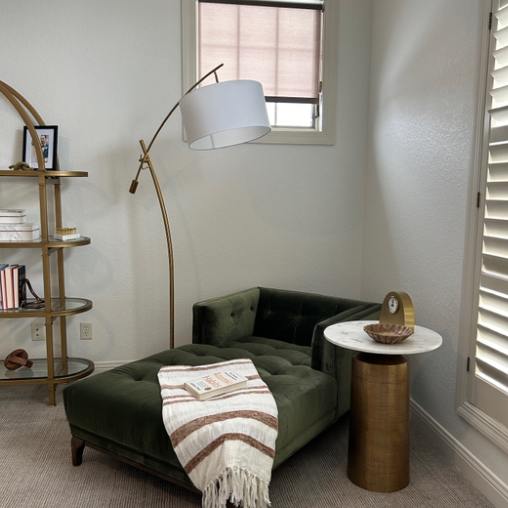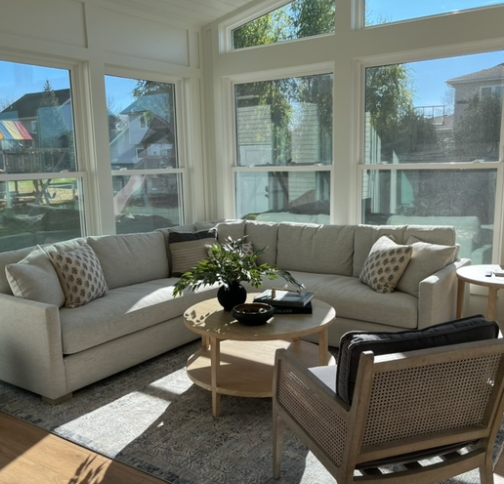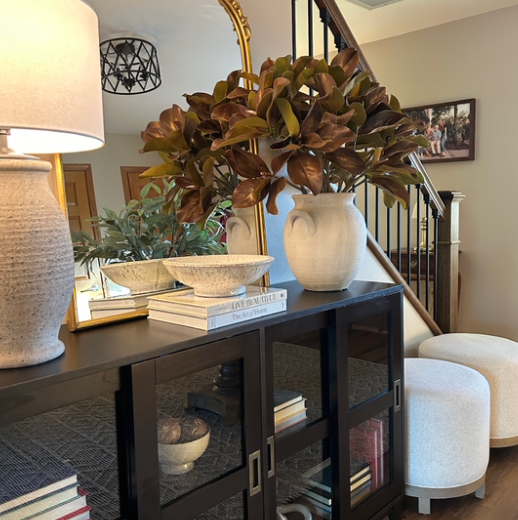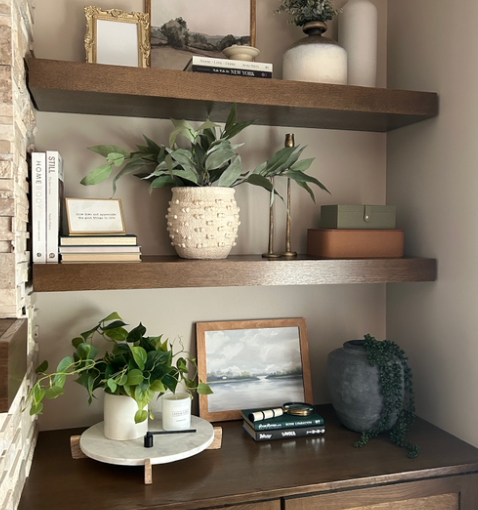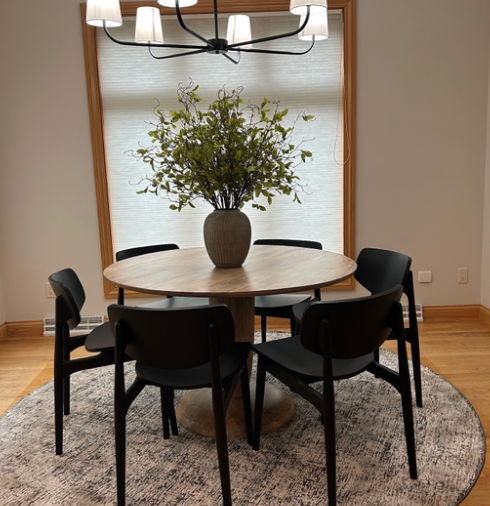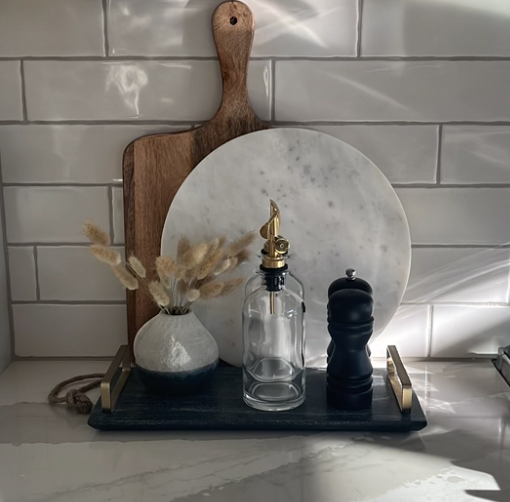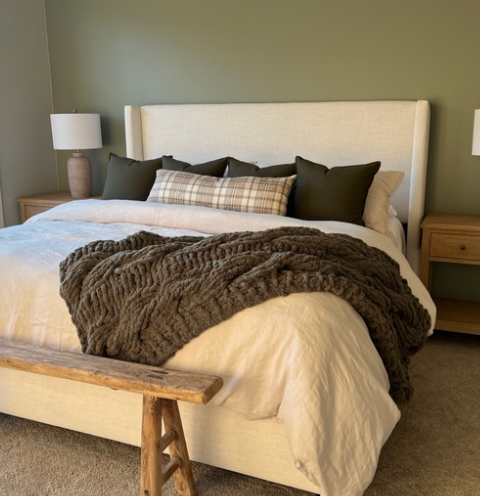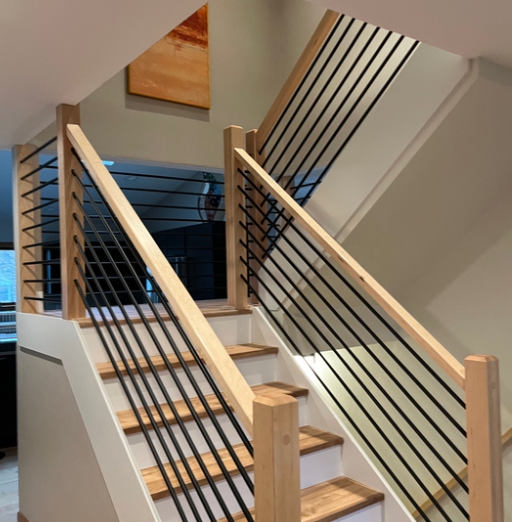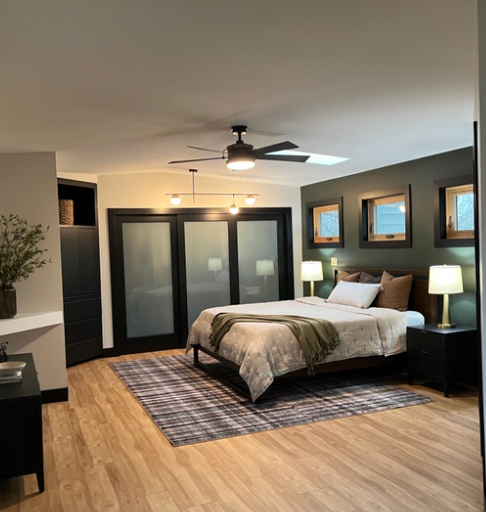Decorating empty walls is an art in itself. It is a way of adding personality, texture, and color to a room. Whether you are moving into a new home or simply looking to refresh your existing space, there are many ways to fill empty walls and make them feel more inviting. Here are some tips on how to decorate the space between.
Hang Artwork
One of the most common ways to decorate empty walls is by hanging artwork. Whether it's a painting, print, photograph, or sculpture, artwork can add color, texture, and personality to any space. Artwork is a personal preference, and you should choose pieces that speak to you and reflect your taste and style.


When it comes to hanging artwork, there are many ways to do it. A single large piece can be a statement piece and draw attention to a particular wall. Alternatively, you can create a gallery wall with a collection of smaller pieces. This allows you to display a variety of artwork and create a visually interesting display.
Install Shelves
Another way to decorate empty walls is by installing shelves. Shelves are a great way to add storage and display space to your walls. You can install floating shelves or wall-mounted bookshelves to hold books, plants, and decorative objects. You can also use the shelves to create a gallery wall by mixing in artwork and other decorative items.
When choosing shelves, consider the material, color, and size. Wooden shelves can add warmth and texture to a room, while metal shelves can create a modern and industrial look. You can also choose shelves that match the color of the wall or create a contrast by choosing a different color.


When decorating shelves, consider the balance and arrangement of the objects. A balanced display has objects of different sizes and shapes and is arranged in a visually pleasing way. You can also create a theme or color scheme by grouping similar objects together.
Hang Mirrors
Mirrors are a versatile decoration that can make a room feel larger and brighter. You can hang a single large mirror or create a grouping of smaller mirrors for a unique and interesting look. Mirrors can also reflect light and add depth to a room.
When choosing mirrors, consider the size and style. A large mirror can make a statement and create a focal point in a room, while a grouping of smaller mirrors can create a visually interesting display. You can also choose mirrors with different frames or shapes to add interest.


When hanging mirrors, consider the placement and angle. A mirror hung at eye level can create the illusion of a larger room, while a mirror hung above a console or table can create a focal point. You can also experiment with different angles to create interesting reflections.
Create a Gallery Wall
A gallery wall is a collection of artwork, photographs, and other decorative objects arranged in a cohesive way. You can use frames of different sizes and colors to create a visually interesting display. A gallery wall can also be a great way to showcase your personal style and interests.
When creating a gallery wall, consider the theme and color palette. You can choose a theme, such as travel, family, or nature, and select artwork and photographs that fit that theme. You can also create a cohesive look by choosing frames that share a similar color or material.
Photo courtesy of Good Housekeeping
When hanging a gallery wall, consider the arrangement and spacing. A balanced display has objects of different sizes and shapes and is arranged in a visually pleasing way. You can also experiment with different layouts to create a unique and interesting display
Hang Wallpaper
Wallpaper can add pattern, color, and texture to an empty wall. You can choose from a variety of styles and designs, from bold and graphic to subtle and textural. Wallpaper and decals can be a great way to create an accent wall or add interest to a small space.



To use wallpaper, start by choosing the location and design. Measure and mark the placement on the wall, then apply the wallpaper or decal according to the manufacturer's instructions. Be sure to smooth out any bubbles or wrinkles for a seamless finish.
Hang a Clock
Decorating a wall with a clock can be a great way to add both style and function to a room. When choosing a clock to decorate a wall, consider the style and colors of the room, as well as the size of the wall and the space around it. A larger clock can make a bold statement and serve as a focal point, while a smaller clock can be a subtle addition to the room.

Once you have selected the clock, choose a location for it on the wall that is visible and accessible. You may also want to consider incorporating other decorative elements around the clock, such as picture frames or wall art, to create a cohesive look. With careful placement and attention to detail, a wall clock can enhance the overall aesthetic of a room while providing a practical function.
Hang Textiles
Decorating with wall textiles can be a versatile and creative way to add texture, color, and warmth to a room. Wall textiles can range from tapestries and rugs to quilts and woven hangings. When choosing wall textiles, consider the style and colors of the room and the overall aesthetic you want to achieve. A bold, colorful tapestry can make a statement and add visual interest to a neutral space, while a subtle, neutral woven hanging can add texture and depth to a more eclectic room. Wall textiles can also be used to add warmth and comfort to a space, particularly in rooms with hard flooring or large windows. When hanging wall textiles, consider the height and placement to ensure they are visible and enhance the overall aesthetic of the room. With careful selection and placement, wall textiles can be a unique and stylish addition to any room.
Hang Plants
Decorating a wall with plants can be a beautiful and natural way to bring life and color into a space. When choosing plants to decorate a wall, consider the lighting and humidity of the room and choose plants that thrive in those conditions. Wall-mounted planters or hanging baskets can be a great way to showcase cascading vines or trailing plants, while a vertical garden or living wall can create a dramatic statement.

When arranging the plants, consider the height and placement of each plant to create a visually appealing and balanced composition. Wall-mounted shelves can also be used to display a variety of plants, from small succulents to larger potted plants. Not only do plants add visual interest and natural beauty to a room, but they can also provide a variety of health benefits, including improved air quality and reduced stress levels. With careful selection and placement, decorating a wall with plants can transform any space into a peaceful and inviting oasis.
Decorating empty walls can be both exciting and overwhelming. It's an opportunity to showcase your style and personality, but it can also be a daunting task to fill up that large, empty space. Fortunately, there are plenty of creative and budget-friendly ways to decorate empty walls that can transform your space into a cozy and stylish oasis. Swing by Linen & Clove for products or utilize our design services, as Linen & Clove Design is officially launching on April 1st. We’d love to help out!

